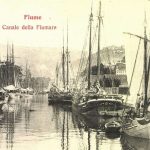Titanic and Croatia have more in common that one might think. TCN presents another story behind the lesser-known piece of Croatia’s historical heritage on February 3, 2018
A few days ago, we brought you the story of fifteen emigrants from Lika who lost their lives on the Titanic, along with roughly the same number of passengers from other parts of Croatia. Our country’s relation to the biggest maritime tragedy of the 20th century spans beyond the thirty unfortunate souls who met their untimely end in the Atlantic waters, so today, we’re following up with a look to a priceless piece of the Titanic which made its way to the Croatian coast.
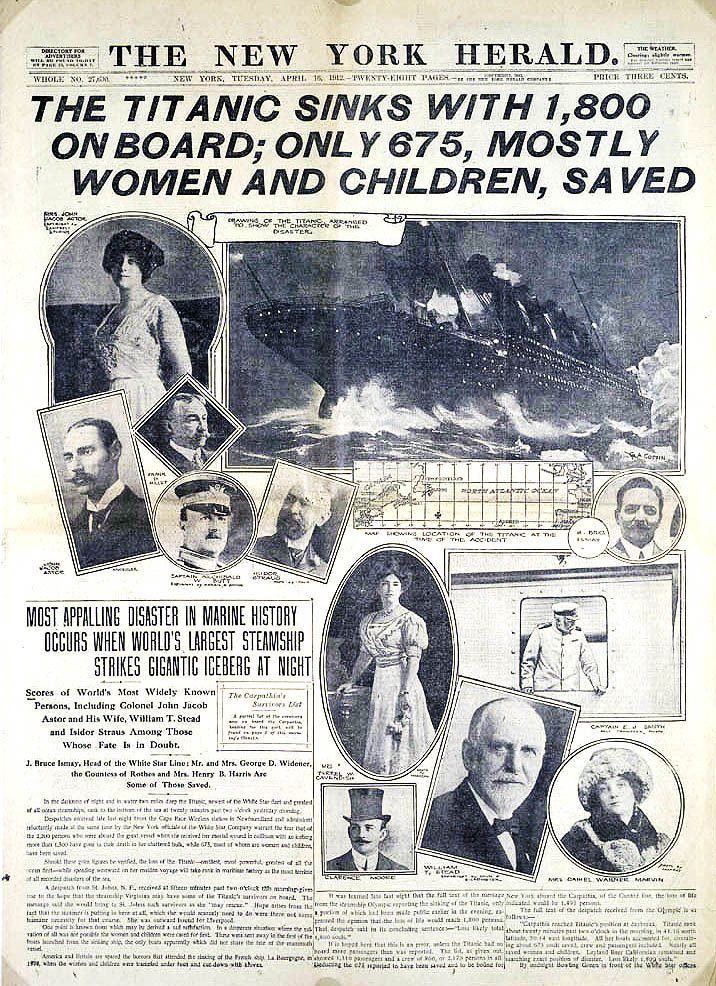
But first, let’s go back to the beginning of the 20th century for some context. The Port of Rijeka used to be the leading Croatian hub for outbound journeys to the US at the turn of the century; whoever intended to leave the country in those times of economic hardship, hoping to find better luck in the New World, had to embark from Rijeka on one of Cunard Line’s passenger ships.
In 1903, the British company introduced the route Rijeka – New York – Rijeka. Once every two weeks, Italian and Croatian emigrants were departing for the US on one of the following ten ships: Aurania, Pannonia, Slavonia, Ultonia, Carmania, Franconia, Ivernia, Laconia, Saxonia, and Carpathia.
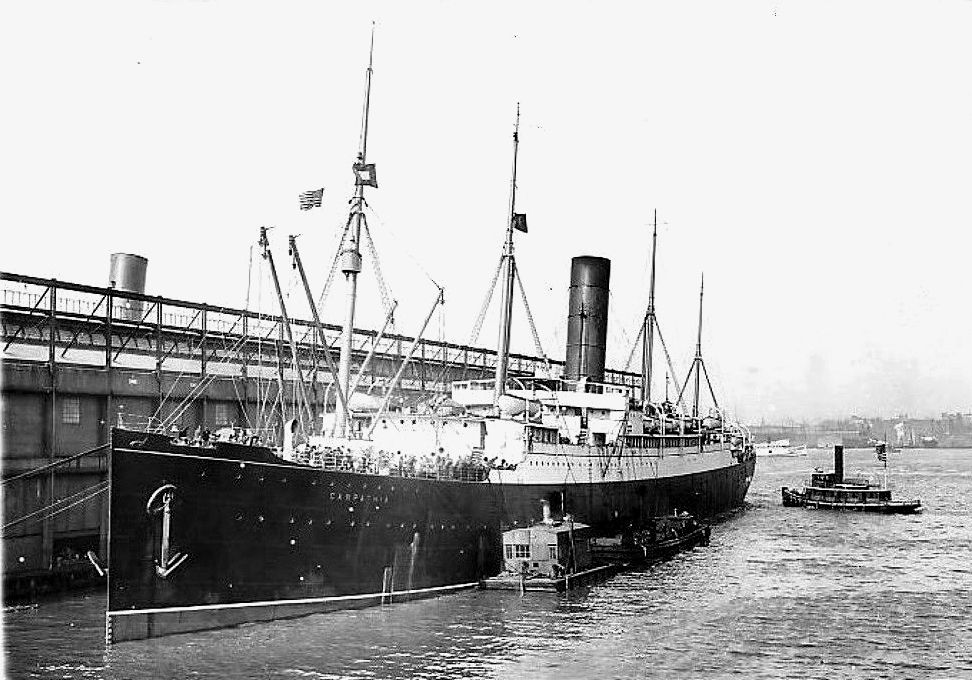
RMS Carpathia
It’s the last one that made history by getting involved in the Titanic case. Carpathia was launched in 1902, making its maiden voyage from Liverpool to Boston in May 1903; the ship had a capacity of 100 first class passengers, 200 in second class and 2000 in third class. Considering that every departure of one of Cunard Line’s beauties from Rijeka was seen as a major social event which had the city brimming with visitors, plenty of Croatian sailors were applying for jobs on the prestigious ocean liners. Carpathia alone had seventy-six Croats in its crew.
It’s estimated that the Cunard Line’s fleet took a total of 300.000 emigrants from the Port of Rijeka to New York in the period between 1904 and 1912. The line stopped operating soon after the beginning of World War I, with Carpathia being the last Cunard’s ship to embark from Rijeka on July 22, 1914, marking the end of transatlantic emigration from the port on Kvarner to the US.
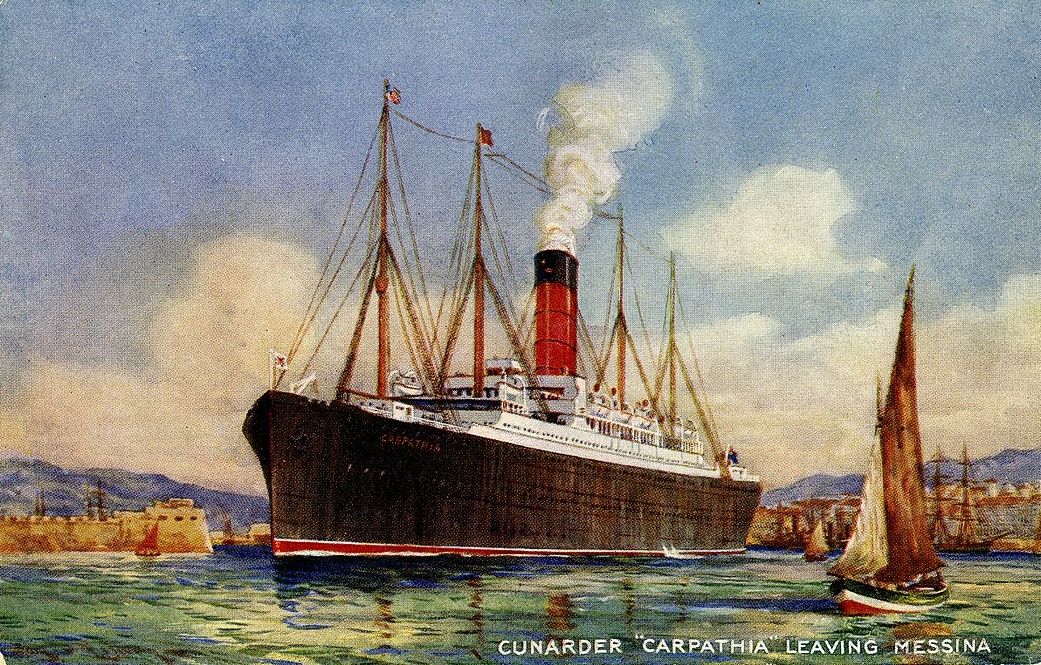
RMS Carpathia, postcard
Two years prior to its last journey on its standard route, Carpathia played a significant role in the story of Titanic. In the same night the unfortunate ship collided with an iceberg in the Atlantic Ocean, Carpathia was making its way to Rijeka, having departed from New York on April 11, 1912. In the night of April 14, Carpathia responded to a distress call sent out by the Titanic; her captain Arthur Rostron quickly changed the course and the ship arrived to the site around 4 in the morning, two hours after Titanic had sunk.
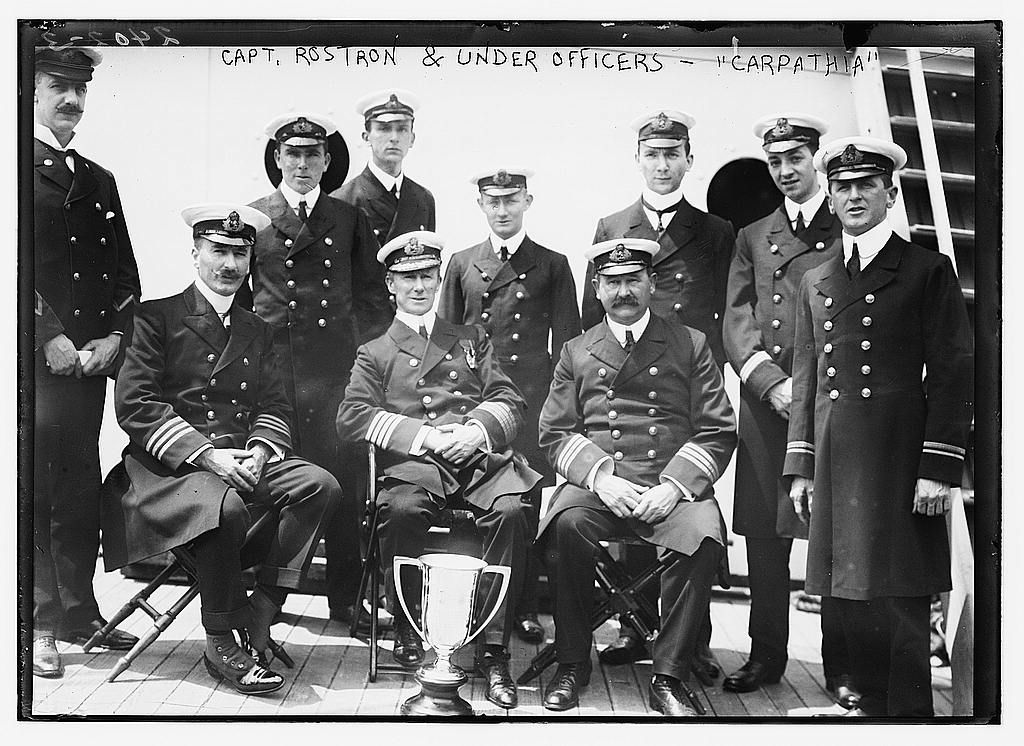
Captain Rostron and the crew of Carpathia
Owing to Carpathia, 712 passengers were rescued that night, including three from Croatia: Mara Osman-Banski from Vagovina, Ivan Jelšovac from Topolovac and Nikola Lulić from Konjsko brdo. The ship carrying the survivors turned back and headed for New York, arriving on the evening of April 18.
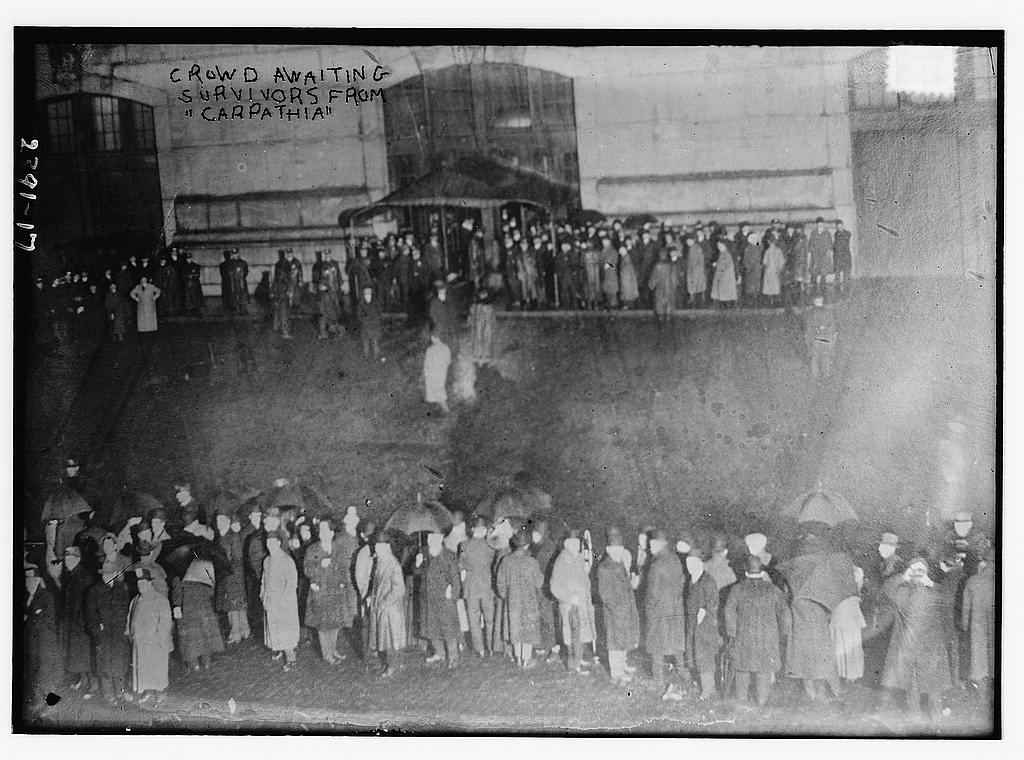
Crowd awaiting survivors in New York
Soon thereafter, Carpathia returned to operate on its standard route and docked in the port of Rijeka on May 8; as her name made its way around the world in the meantime, she was welcomed with ovations from the crowd gathered to celebrate the heroic crew.
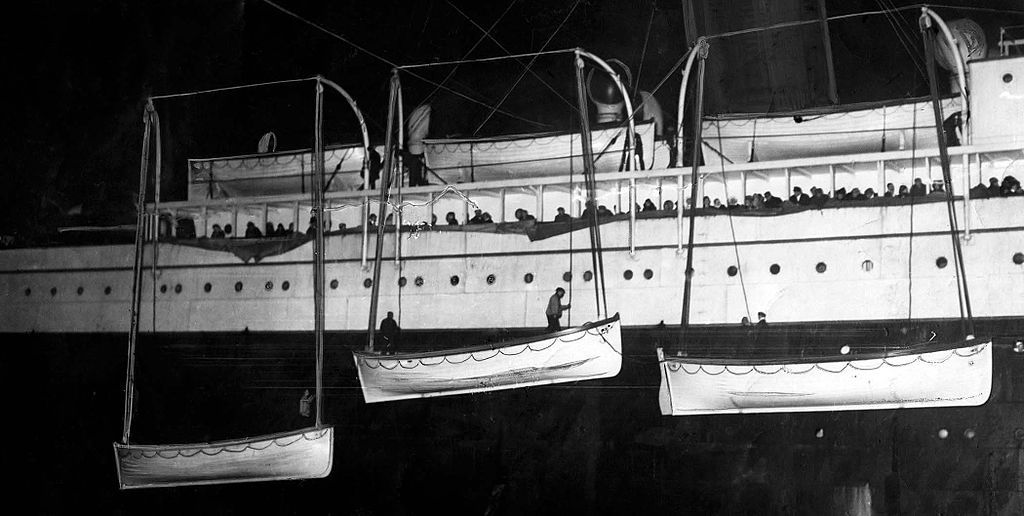
Lifeboats from the Titanic uploaded to the RMS Carpathia
This is how we get to the most interesting part of the story: one of the Croatian crew members, the 18-year-old waiter Josip Car from Rijeka, picked up one of the lifejackets discarded by the castaways as Carpathia was making its way back to New York. He took this reminder of that fateful night back to Rijeka and donated it to the Maritime and History Museum of the Croatian Littoral in 1938. It’s not exactly clear how this iconic item ended up in storage, forgotten for decades, but fortunately, fate had it that two experts on the Titanic case visited the museum on one occasion, looking to gather more information on Carpathia. Slobodan Novković from Croatia and Günther Babler from Switzerland met with curator Nikša Mendeš, who recalled a certain lifejacket they had in storage and let them examine the item. As Novković himself has said, the rest is history – the lifejacket from the Titanic has since been restored and displayed in the museum, becoming one of the most treasured items in their collection and possibly the most iconic artefact to have ever made its way to Rijeka.
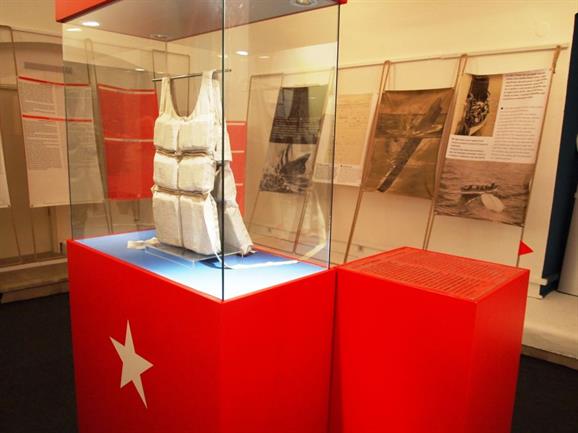
Lifejacket from the Titanic, Maritime and History Museum of Croatian Littoral in Rijeka
A total of five lifejackets from the Titanic have survived to this day, the one preserved in Rijeka being the single of its kind in the whole of Europe. And yet, not much has been done to properly present this incredible piece of our local history. The Maritime and History Museum of the Croatian Littoral staged a splendid exhibition dedicated to Carpathia in 2012, marking the 100th anniversary of the tragic event with the priceless lifejacket standing as the centrepiece. Apart from that, the city hasn’t seen much initiative to put the remarkable item to good use and create a brand which would certainly spark attention from visitors. To quote Novković again… Liverpool, Southampton or Belfast would give anything to have such a piece of canvas and cork at their disposal – and we have been careless enough to allow for the priceless artefact to remain tucked away in storage for a good part of the last century.
Members of Carpathia’s crew were recognised for their efforts by medals presented by Margaret Molly Brown in the name of surviving women of the Titanic’s first class. Seventy-six bronze medals made their way to Croatia, only two having survived to this day: one is privately owned by Fabio Juričić from Labin, the other stored in the City Museum in Karlovac. One of the two medals has since been displayed in the permanent collection Titanic – Carpathia in the Maritime and History Museum in Rijeka. As the medals remain the only official remembrance of the crew that participated in one of the biggest rescue mission in history, we can only hope the city of Rijeka will eventually see a monument paying tribute to this unforgettable part of our heritage.
You can find Slobodan Novković’s report on Carpathia on Lokalpatrioti Rijeka (in Croatian) and read more about Carpathia and the Titanic lifejacket on Rijeka Tourist Board.



